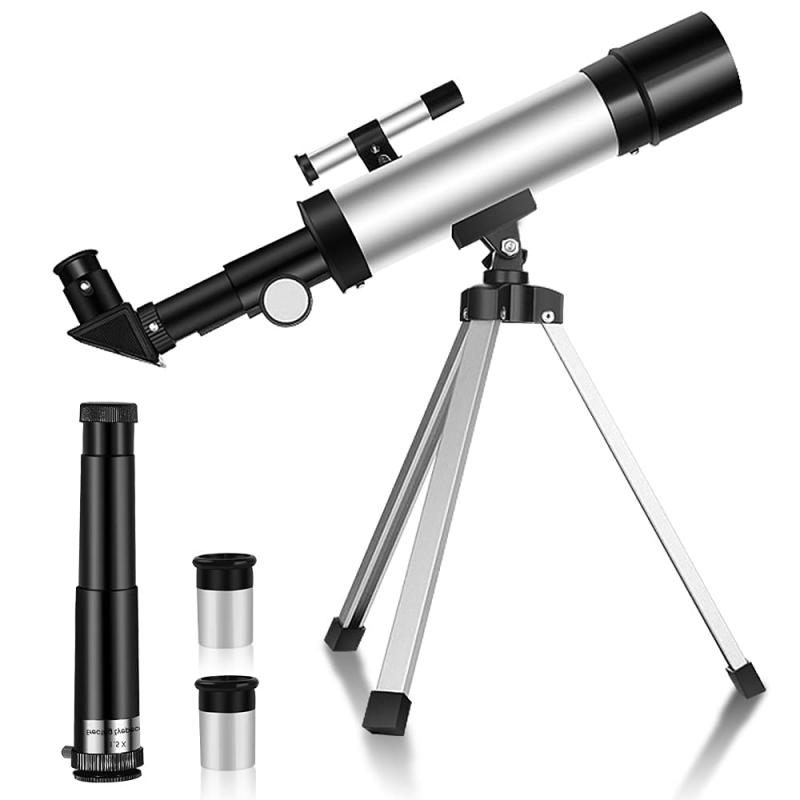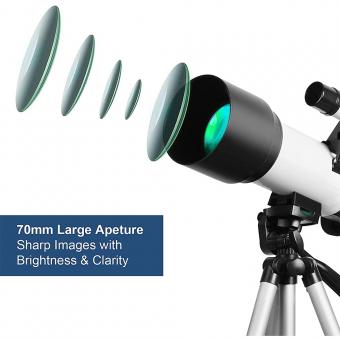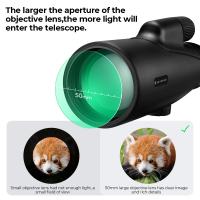What Is Aperture In Telescope ?
In a telescope, the aperture refers to the diameter of the objective lens or primary mirror. It is the opening through which light enters the telescope. The size of the aperture determines the amount of light that can be gathered by the telescope. A larger aperture allows more light to enter, resulting in brighter and more detailed images. It also affects the telescope's resolving power, which is its ability to distinguish fine details. Generally, telescopes with larger apertures are capable of providing better image quality and higher magnification. However, larger apertures also tend to make the telescope heavier and more expensive. The aperture size is an important consideration when choosing a telescope, depending on the specific observing needs and preferences of the user.
1、 Optical Aperture: The diameter of the telescope's primary lens or mirror.
Aperture in a telescope refers to the diameter of its primary lens or mirror. It is a crucial parameter that determines the telescope's light-gathering ability and its ability to resolve fine details in celestial objects. The larger the aperture, the more light the telescope can collect, resulting in brighter and clearer images.
The aperture plays a significant role in determining the telescope's resolving power, which is its ability to distinguish between closely spaced objects. According to the Rayleigh criterion, the minimum resolvable detail is inversely proportional to the aperture size. In simpler terms, a larger aperture allows for better resolution, enabling astronomers to observe finer details on celestial objects such as planets, stars, and galaxies.
In recent years, advancements in telescope technology have led to the development of larger and more powerful telescopes with increasingly larger apertures. These telescopes, such as the Hubble Space Telescope and the upcoming James Webb Space Telescope, have revolutionized our understanding of the universe by capturing stunning images and providing valuable scientific data.
However, it is important to note that aperture alone does not guarantee superior image quality. Other factors, such as the quality of the optics, the telescope's design, and atmospheric conditions, also play a role. Additionally, larger apertures often result in larger and heavier telescopes, making them more challenging to transport and set up.
In conclusion, aperture is a fundamental characteristic of a telescope that determines its light-gathering ability and resolving power. It is an essential consideration for astronomers and astrophotographers when selecting a telescope, as it directly impacts the quality of the observations and images obtained.
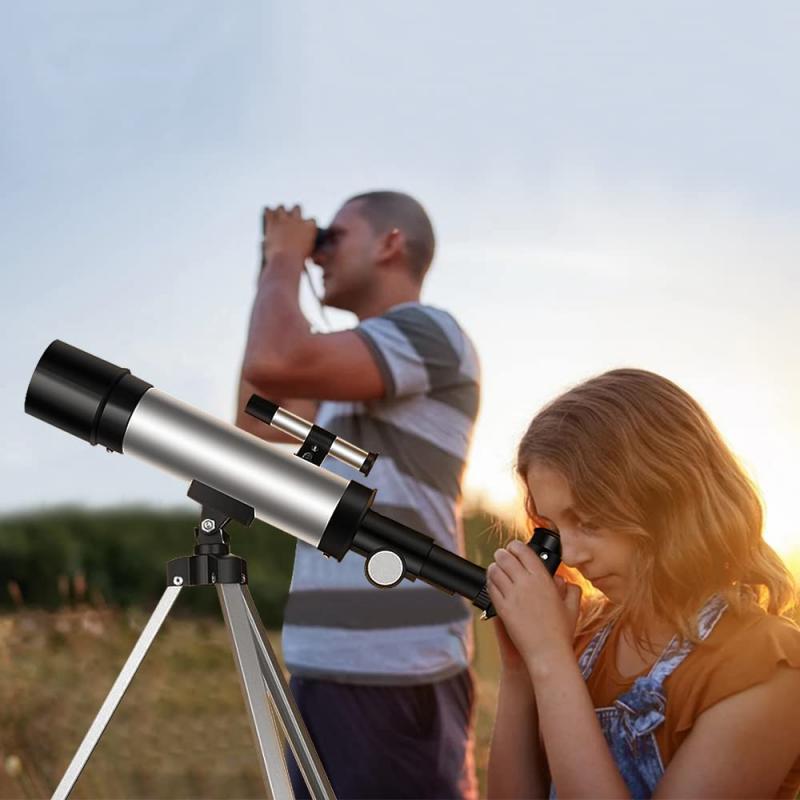
2、 Effective Aperture: The actual amount of light-gathering capability of the telescope.
Aperture in a telescope refers to the diameter of its primary lens or mirror, which determines the amount of light the telescope can gather. It is a crucial factor in determining the telescope's light-gathering capability and its ability to resolve fine details in celestial objects.
The effective aperture of a telescope is the actual amount of light-gathering capability it possesses. A larger aperture allows more light to enter the telescope, resulting in brighter and clearer images. This is particularly important when observing faint or distant objects in the night sky, such as galaxies, nebulae, and star clusters.
The effective aperture also plays a significant role in determining the telescope's resolving power or ability to distinguish fine details. The larger the aperture, the higher the resolving power, allowing astronomers to observe smaller and more intricate features on celestial objects.
In recent years, advancements in telescope technology have led to the development of larger and more powerful telescopes with increasingly larger apertures. These telescopes, such as the Hubble Space Telescope and the upcoming James Webb Space Telescope, have revolutionized our understanding of the universe by capturing incredibly detailed images of distant galaxies and other celestial phenomena.
However, it is important to note that aperture is not the sole determinant of a telescope's performance. Factors such as the quality of the optics, the design of the telescope, and atmospheric conditions also play a role in the overall image quality and resolution.
In conclusion, aperture in a telescope refers to the diameter of its primary lens or mirror, determining the amount of light it can gather. The effective aperture is the actual light-gathering capability of the telescope, crucial for observing faint objects and resolving fine details. Advancements in telescope technology continue to push the boundaries of aperture size, enabling astronomers to explore the universe with unprecedented clarity and precision.
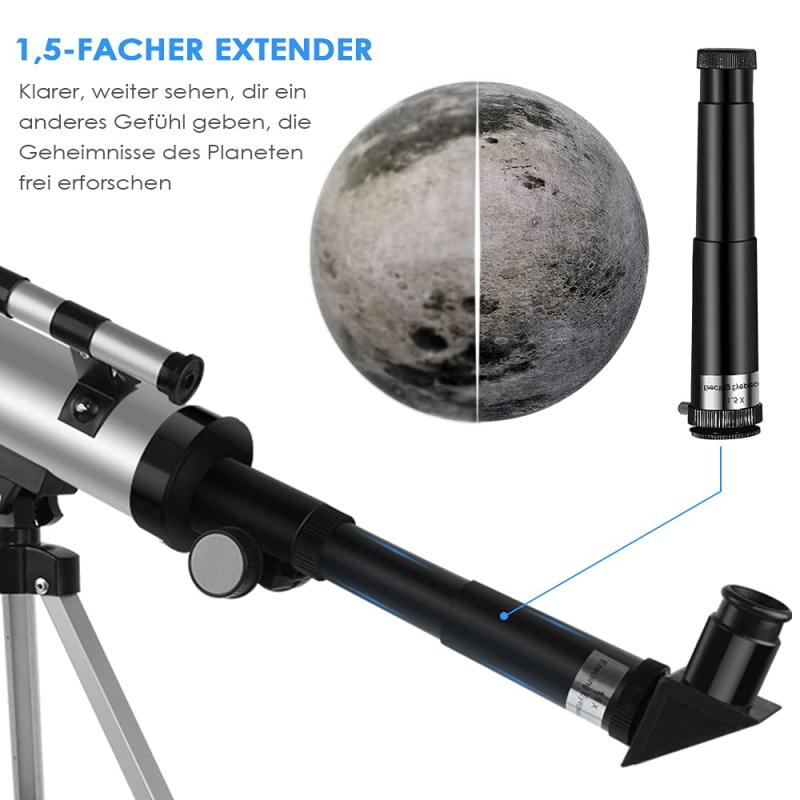
3、 Aperture Ratio: The ratio of the telescope's focal length to its aperture.
Aperture in a telescope refers to the diameter of its primary lens or mirror. It is a crucial parameter that determines the telescope's light-gathering ability and its ability to resolve fine details in celestial objects. The larger the aperture, the more light the telescope can collect, resulting in brighter and clearer images.
Aperture Ratio, also known as the f-number or focal ratio, is the ratio of the telescope's focal length to its aperture. It is denoted by "f/" followed by a number. For example, an f/5 telescope has a focal length five times its aperture. The aperture ratio affects two important aspects of a telescope's performance: its light-gathering power and its ability to resolve fine details.
A larger aperture ratio means a narrower field of view but higher magnification, allowing for more detailed observations of celestial objects. However, a higher aperture ratio also means a longer focal length, which can make the telescope bulkier and more challenging to handle. On the other hand, a smaller aperture ratio provides a wider field of view but lower magnification.
In recent years, there has been a growing trend towards larger aperture telescopes due to advancements in technology and manufacturing processes. Larger apertures allow astronomers to observe fainter objects and capture more light, enabling them to study distant galaxies, nebulae, and other celestial phenomena in greater detail. However, it is important to note that the choice of aperture also depends on the observer's specific needs and preferences.
In conclusion, aperture in a telescope refers to the diameter of its primary lens or mirror, and the aperture ratio is the ratio of the telescope's focal length to its aperture. The aperture ratio affects the telescope's light-gathering power and its ability to resolve fine details. The choice of aperture depends on the observer's requirements and the specific objects they wish to observe.

4、 Aperture Masking: Technique to reduce the effective aperture for specific observations.
Aperture in a telescope refers to the diameter of its primary mirror or lens, which determines the amount of light the telescope can gather. It is a crucial parameter that directly affects the telescope's resolving power and light-gathering ability. The larger the aperture, the more light the telescope can collect, resulting in brighter and more detailed images.
However, there are certain observations where reducing the effective aperture can be beneficial. This technique is known as aperture masking. Aperture masking involves placing a mask with small holes or slits in front of the telescope's aperture, effectively reducing its size. By doing so, astronomers can achieve higher angular resolution and better image quality for specific observations.
Aperture masking is particularly useful in overcoming the limitations imposed by atmospheric turbulence. Turbulence causes the blurring of starlight as it passes through the Earth's atmosphere, limiting the resolution of ground-based telescopes. By reducing the effective aperture, aperture masking allows astronomers to capture sharper images by minimizing the effects of atmospheric turbulence.
In recent years, aperture masking has gained popularity due to advancements in adaptive optics technology. Adaptive optics systems can correct for atmospheric turbulence in real-time, allowing astronomers to achieve even higher resolution with larger apertures. However, aperture masking remains a valuable technique for certain observations, especially when adaptive optics systems are not available or when studying objects with high angular resolution requirements.
In conclusion, aperture masking is a technique used to reduce the effective aperture of a telescope for specific observations. It allows astronomers to overcome the limitations imposed by atmospheric turbulence and achieve higher angular resolution. While adaptive optics technology has advanced significantly, aperture masking remains a valuable tool in the astronomer's arsenal.
